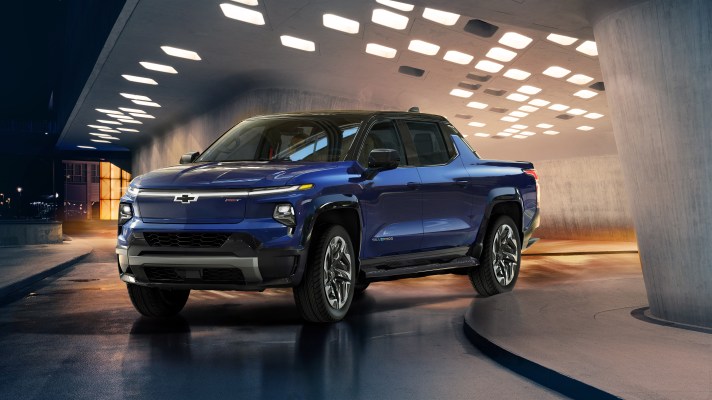General Motors said Tuesday it’s moving to take more control over its supply chain in response to a dismal second quarter that saw profits fall 40% year over year as it shifts more toward EVs.
The automaker reported second-quarter net income of $1.69 billion, a 40% reduction from the $2.84 billion it earned in the same year-ago period. GM blamed its weak performance on a drop in North American production due to supply chain disruptions and semiconductor chip shortages that caused bottlenecks at its factories.
Pandemic-related factory shutdowns in China also stymied GM’s second-quarter growth in its second-largest market.
GM reported $35.76 billion in second-quarter revenue, beating the $34.6 billion that analysts expected, but fell short of profit forecasts, reporting $1.14 per share versus $1.30.
Despite the supply chain pains, GM still affirmed its full-year guidance of between $9.6 billion and $11.2 billion in net income as it ramps up its EV production, including bringing new factories online. On an adjusted EBIT basis, GM is forecasting between $13 billion and $15 billion for the year.
GM won’t reach that target if its supply chain problems persist, a point GM Chairman and CEO Mary Barra reiterated throughout the company’s second-quarter earnings call with analysts.
“Our number one goal right now is to get these battery plants up and get launched because there is such strong demand for the products,” Barra said, emphasizing that securing raw materials and localizing battery production will be two areas of focus.
Raw materials
Barra said the automaker signed a trio of binding agreements with suppliers to secure raw materials to make enough batteries to power its EVs. That includes partnerships with LG Chem for nearly a million tons of cathode material between now and 2030 and lithium-supplier Livent.
“What this means is GM now has binding agreement securing all battery raw materials supporting our goal of a million units in new capacity in North America in 2025,” Barra said.
Battery production
GM is investing $7 billion with LG Energy to build four lithium-ion battery cell manufacturing plants through its Ultium Cells joint venture. Barra said the first factory is on track to open in Lordstown, Ohio, in August, followed by plants in Michigan and Tennessee, and an undisclosed fourth location. Ultium Cells received a $2.5 billion loan from the U.S. Department of Energy Monday to support the project.
“Our strategy is to control our own destiny,” Barra said. “Securing cells from this plant are key to significantly ramping up production of the GMC Hummer EV and the Cadillac Lyriq to meet pent-up demand.”
China
The automaker reported a significant drop in sales in China, where a COVID-19 resurgence forced the company to shutter its Shanghai factory in the spring.
Barra said that the market is prepared for a comeback, partly fueled by the forthcoming launch of the Cadillac Lyriq luxury sedan there. She said GM plans to convert more of Chinese manufacturing footprint to EV production by 2030.
“We’re very optimistic that we can regain share and also be very significant player from an EV perspective,” Barra said.
